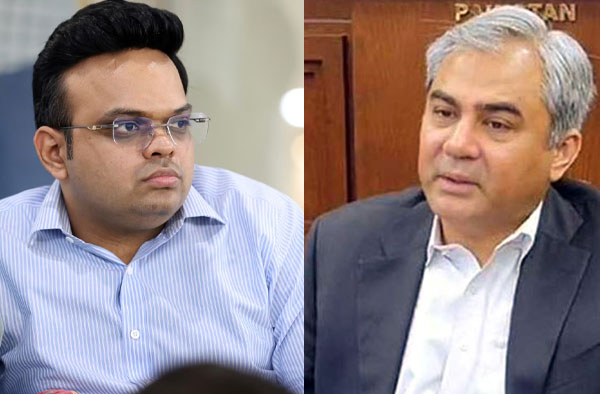In a significant and gloomy turn for Asian Women’s Cricket, India is set to withdraw from the upcoming ACC Women’s Emerging Teams Asia Cup, scheduled for next month in Sri Lanka, according to recent reports. The move comes on the heels of escalating diplomatic tensions between India and Pakistan, casting an uncertain shadow over this season’s marquee continental tournament.

This withdrawal marks a stark contrast to India’s recent triumph in women’s emerging cricket. In the year 2023, under the incisive leadership of Shweta Sehrawat, India clinched the inaugural edition of the ACC Women’s T20 Asia Cup in Hong Kong. The team put on a dominant display in the final, overwhelming Bangladesh by 31 runs and igniting hopes for a new era in women’s cricket across the region.
However, political realities have intruded upon the sport. The Board of Control for Cricket in India (BCCI), citing the recent escalation in Indo-Pak hostilities, has opted out of all Asian Cricket Council (ACC) events for the foreseeable future — a development officially communicated to the ACC’s top brass.
The ripples of India’s withdrawal may extend far beyond the women’s game. The Men’s Asia Cup, tentatively scheduled for September, now stands on precarious ground. Although a final verdict remains pending, insiders suggest the tournament is “unlikely to go ahead” given India’s current stance — an outcome that will disappoint millions of cricket fans across the continent.
The Asian Cricket Council, currently chaired by Pakistan’s Interior Minister and PCB chief Mohsin Naqvi, must now navigate an increasingly complex political landscape. The men’s tournament, which features cricketing heavyweights India, Pakistan, Bangladesh, Afghanistan, and Sri Lanka, has repeatedly been buffeted by diplomatic crosswinds.
India’s absence from the Women’s Emerging Asia Cup is not merely a diplomatic signal; it is also a blow to the development of women’s cricket across the region. The tournament, envisioned as a crucial platform for emerging talent, now loses its defending champions and one of its most compelling teams.
The Indian rising stars will instead watch from afar as their Asian peers compete without the challenge of facing last season’s champions. The experience and exposure this event provides are now lost, not just for Indian players, but for their competitors who benefit by playing against top-tier opposition.
Fans, administrators, and players alike must now hope that cricket’s spirit of unity and friendly rivalry can someday transcend the political divides. Until then, a cloud of uncertainty will linger over Asia’s biggest stages — and those who dream of making their mark upon them.
